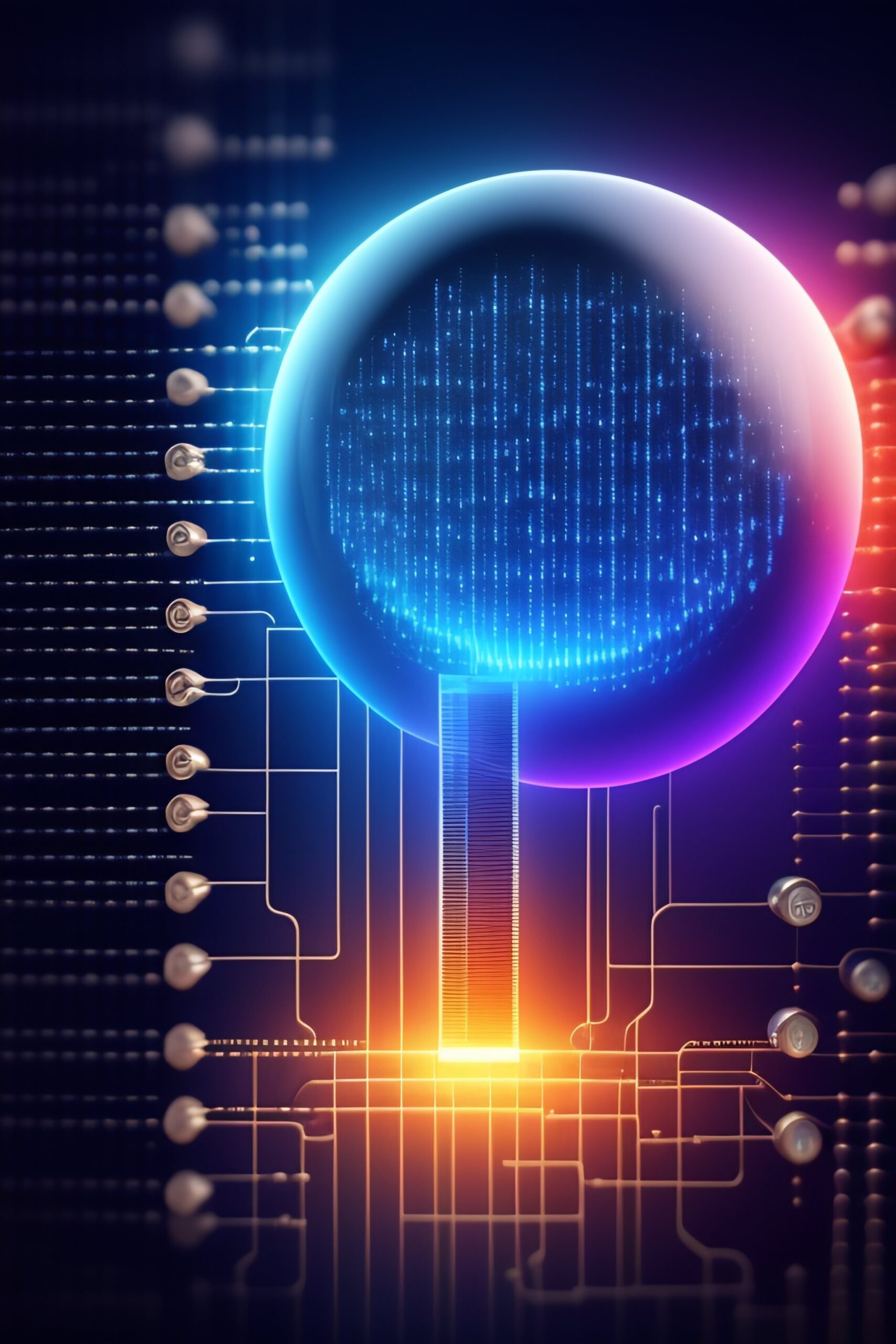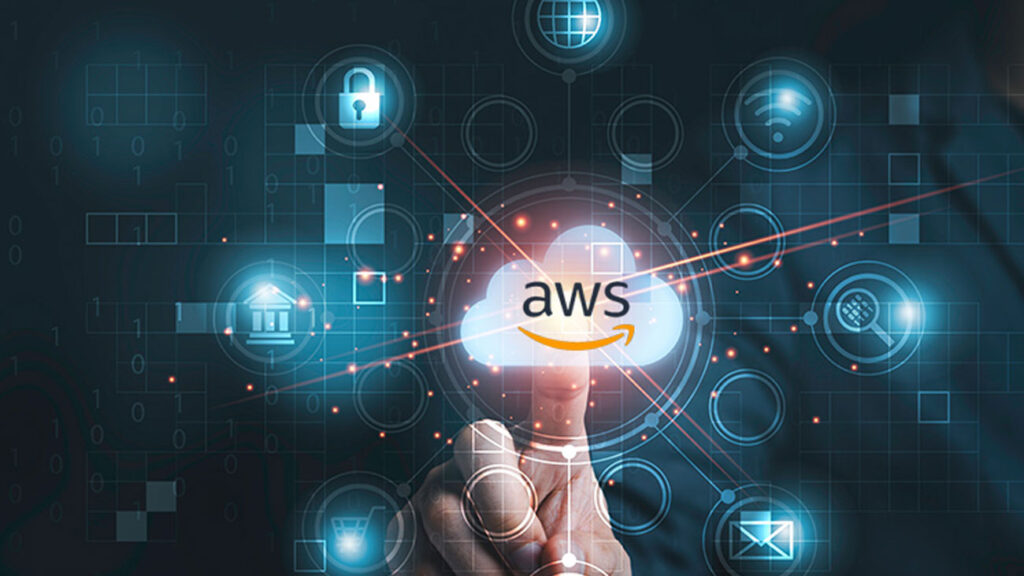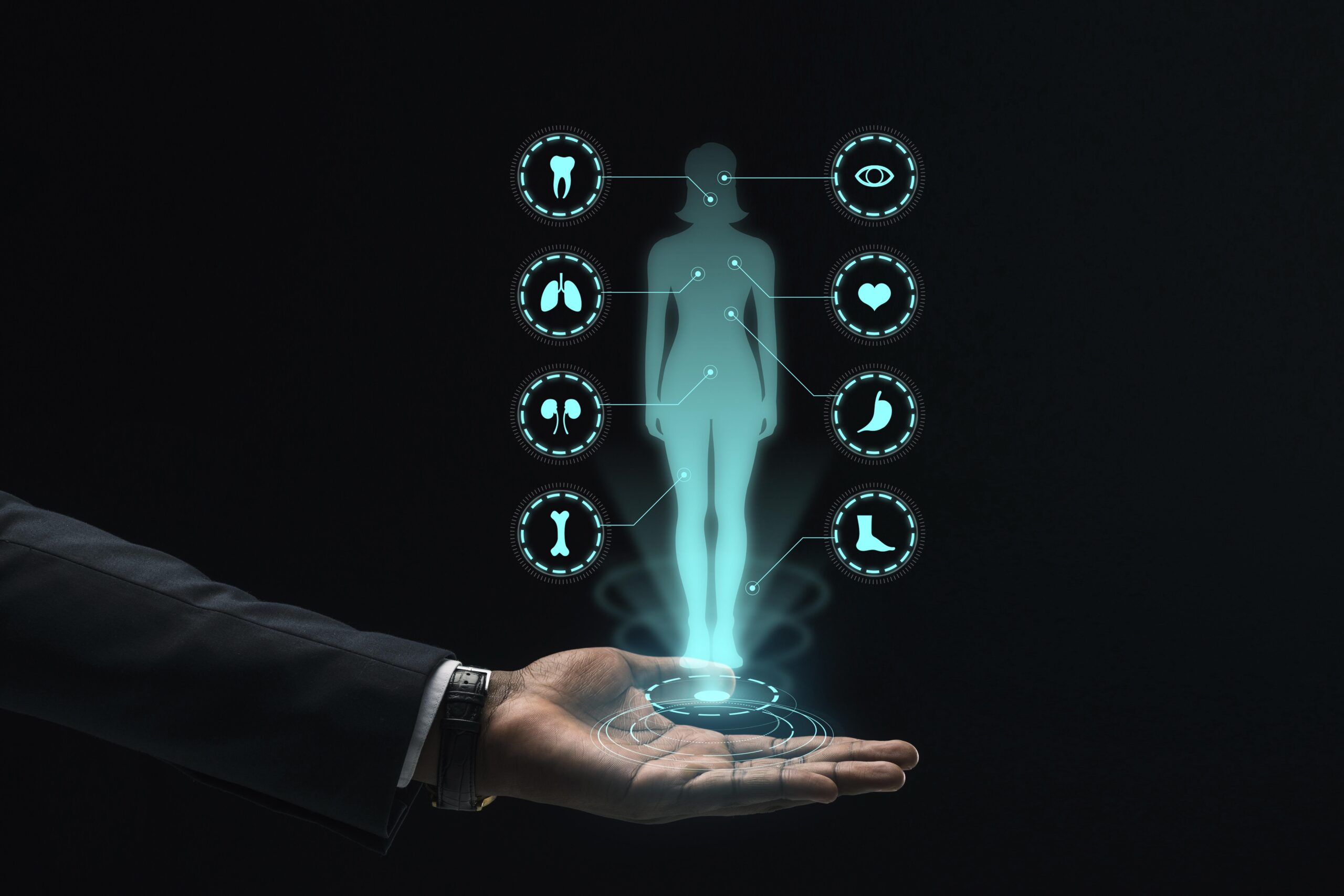
Top 3 influential Emerging Information Technologies
The Top 3 influential Emerging Information Technologies are discussed in this article about emerging technologies. The Top 3 influential Emerging Information Technologies are discussed in this article about emerging technologies. In an era of rapid technological advancement, emerging technologies like artificial intelligence (AI), the Internet of Things (IoT), and blockchain are revolutionizing industries and transforming the way we live and work. In this blog post, we will delve into these cutting-edge technologies, their potential applications, and the profound impact they have on various sectors and our daily lives.
Artificial Intelligence (AI)
AI often referred to as the “intelligence of machines,” is reshaping industries with its ability to mimic human intelligence and perform tasks that typically require human intervention. From virtual assistants and chatbots to autonomous vehicles and predictive analytics, AI is revolutionizing sectors like healthcare, finance, manufacturing, and customer service. Explore how AI is streamlining processes, improving efficiency, and creating new possibilities across diverse domains.
AI advantages and disadvantages
Example of AI advantages in healthcare
- Improved diagnostics: AI can be used to analyze large amounts of data, such as medical images and patient records, to identify patterns and trends that may be missed by human doctors. This can lead to earlier diagnosis and treatment of diseases, which can improve patient outcomes.
- Personalized medicine: AI can be used to tailor treatment plans to individual patients based on their unique genetic makeup, medical history, and lifestyle factors. This can improve the effectiveness of treatment and reduce the risk of side effects.
- Preventive care: AI can be used to identify patients who are at risk of developing certain diseases and provide them with preventive care. This can help to reduce the incidence of disease and improve patient health.
- Automated tasks: AI can be used to automate many of the administrative tasks that are currently performed by healthcare workers. This can free up time for healthcare workers to focus on providing care to patients.
- Increased efficiency: AI can help to improve the efficiency of healthcare systems by streamlining processes and reducing costs. This can make healthcare more affordable and accessible to everyone.
- Challenges of AI
- Data accuracy: It is important to use accurate and unbiased data to train AI systems. This can help to reduce the risk of bias in AI systems.
- Transparency: AI systems should be transparent about how they work. This will help to build trust and accountability.
- Regulation: Governments and industry organizations should develop regulations that govern the development and use of AI. This will help to ensure that AI is used safely and responsibly.
- Education: People need to be educated about the potential benefits and challenges of AI. This will help them to make informed decisions about how AI is used in their lives.
Internet of Things (IoT)
The Internet of Things connects everyday objects to the Internet, enabling them to collect and exchange data. This interconnected network of devices has implications far beyond smart homes and wearables. Discover how IoT is transforming industries such as agriculture, transportation, healthcare, and energy. Explore the potential benefits of smart cities, connected vehicles, remote monitoring, and the challenges of data security and privacy in this interconnected world.
The Internet of Things (IoT) connects physical objects to the internet, allowing them to collect and share data. This interconnected network of devices has far-reaching implications for industries such as agriculture, transportation, healthcare, and energy.
In agriculture, IoT can be used to monitor crops, livestock, and soil conditions. This data can be used to optimize farming practices, reduce waste, and improve yields. In transportation, IoT can be used to track vehicles, monitor traffic conditions, and optimize routes. This can lead to improved safety, efficiency, and reduce emissions.
In healthcare, IoT can be used to monitor patients, track their vital signs, and provide remote care. This can improve patient outcomes and reduce costs. In energy, IoT can be used to monitor energy usage, optimize energy consumption, and reduce waste. This can help to make energy systems more sustainable. The IoT also has the potential to create smart cities, connected vehicles, and remote monitoring. However, it also raises challenges around data security and privacy.

IoT advantages and disadvantages
Potential benefits of IoT
Agriculture: IoT can help farmers to improve crop yields, reduce waste, and conserve water. For example, farmers can use IoT sensors to monitor soil moisture and fertilizer levels, and then adjust their watering and fertilization schedules accordingly. IoT can also be used to track livestock and monitor their health. This information can be used to identify sick animals early on and provide them with the necessary care.
Transportation: IoT can help to improve traffic safety and efficiency. For example, IoT sensors can be used to monitor traffic conditions and provide real-time updates to drivers. This information can help drivers to make better decisions about their routes and avoid congestion. IoT can also be used to track vehicles and ensure that they are operating safely. For example, IoT sensors can be used to monitor the speed and acceleration of vehicles, and alert authorities if a vehicle is driving erratically.
Healthcare: IoT can help to improve patient care by providing doctors and nurses with real-time data about their patients’ health. For example, IoT sensors can be used to monitor patients’ vital signs, such as heart rate and blood pressure. This information can be used to identify patients who are at risk of complications and provide them with the necessary care. IoT can also be used to track patients’ medication compliance and ensure that they are taking their medications as prescribed.
Energy: IoT can help to improve energy efficiency by providing businesses and consumers with real-time information about their energy usage. For example, IoT sensors can be used to monitor the energy consumption of appliances and devices in a home or business. This information can be used to identify areas where energy can be saved. IoT can also be used to automate energy management systems, such as turning off lights and appliances when they are not in use.
Challenges of IoT
Data security: IoT devices collect and store a lot of data, which makes them a target for hackers. It is important to take steps to secure IoT devices, such as using strong passwords and keeping the software up to date.
Privacy: IoT devices collect a lot of personal data about users, which raises concerns about privacy. It is important to be aware of the data that IoT devices are collecting and how it is being used.
Cost: IoT devices can be expensive to purchase and deploy. It is important to weigh the costs and benefits of IoT before implementing it.
Thus, IoT has the potential to revolutionize many industries and improve our lives in a number of ways. However, it is important to be aware of the challenges of IoT and take steps to mitigate them.
Blockchain, a decentralized and transparent ledger system, gained popularity with the rise of cryptocurrencies like Bitcoin. However, its potential extends beyond digital currencies. Uncover the transformative power of blockchain in sectors such as finance, supply chain management, healthcare, and voting systems. Dive into the concept of smart contracts, decentralized applications, and the promise of increased security, efficiency, and trust in various industries.
Blockchain is a decentralized ledger system that has the potential to transform industries. In finance, blockchain can be used to create a more secure and efficient system for trading and transferring funds. In supply chain management, blockchain can be used to track the movement of goods and to ensure that they are authentic.
In healthcare, blockchain can be used to store patient records and to facilitate the exchange of medical information. In voting systems, blockchain can be used to create a more secure and transparent way to vote.
Pros and cons of blockchain technology
Potential benefits of using Blockchain in different sector
Finance: Blockchain is being used to create decentralized finance (DeFi) applications, which allow people to borrow and lend money without the need for a third party. DeFi applications are still in their early stages of development, but they have the potential to revolutionize the financial industry.
Supply chain management: Blockchain is being used to track the movement of goods in supply chains. This can help to ensure that goods are authentic and that they are not being counterfeited. Blockchain is also being used to improve the efficiency of supply chains by reducing the need for paperwork.
Healthcare: Blockchain is being used to store patient records. This can help to ensure that patient records are accurate and secure. Blockchain is also being used to facilitate the exchange of medical information between different healthcare providers.
Voting systems: Blockchain is being used to create more secure and transparent voting systems. This can help to reduce voter fraud and to ensure that the will of the people is accurately represented.
Challenges of Blockchain technology
Scalability: Blockchain is a distributed ledger technology, which means that it relies on a network of computers to verify transactions. As the number of users and transactions on a blockchain network increases, the network can become congested and slow. This is a challenge that is being addressed by developers of blockchain technology, but it is still a potential issue.
Energy consumption: Blockchain mining, the process of verifying transactions on a blockchain network, requires a lot of energy. This is because miners use powerful computers to solve complex mathematical problems in order to add new blocks to the blockchain. The energy consumption of blockchain mining is a major concern, and it is something that developers are working to address.
Security: Blockchain is a secure technology, but it is not immune to attack. Hackers have targeted blockchain networks in the past, and they have been successful in stealing cryptocurrency. It is important to take steps to protect your blockchain assets, such as by using strong passwords and storing your cryptocurrency in a secure wallet.
Complexity: Blockchain is a complex technology, and it can be difficult to understand how it works. This can make it difficult for businesses and individuals to adopt blockchain technology. Developers are working to make blockchain technology more user-friendly, but it is still a challenge.
Regulation: Blockchain is a new technology, and there is no clear regulatory framework for it. This can make it difficult for businesses to adopt blockchain technology, as they may be unsure of the legal implications. Governments are working to develop regulatory frameworks for blockchain technology, but it is a process that is still ongoing.

Ethical Considerations and Challenges of top 3 influential Emerging Information Technologies
As these emerging technologies evolve, it is crucial to address ethical considerations and potential challenges they present. Delve into the ethical implications of AI, the responsible use of data in IoT, and the need for trust and transparency in blockchain technology. Explore ongoing debates surrounding privacy, bias, job displacement, and the importance of responsible development and regulation to ensure these technologies benefit society.
Real-Life Examples and Success Stories of as top 3 influential Emerging Information Technologies
- AI is revolutionizing healthcare diagnostics by rapidly detecting cancerous cells using image recognition algorithms.
- IoT is enhancing efficiency in manufacturing by predicting maintenance needs, reducing downtime, and increasing productivity.
- Blockchain is transforming supply chain traceability by creating immutable records that ensure transparency and fight counterfeiting.
Industrial exposure
- AI in healthcare: AI is being used to improve healthcare in a number of ways, including:
- Detecting diseases earlier and more accurately
- Personalizing treatment plans for individual patients
- Providing remote care to patients in rural areas
- Automating administrative tasks
- IoT in manufacturing: IoT is being used to improve manufacturing in a number of ways, including:
- Monitoring equipment and machinery for signs of wear and tear
- Optimizing production schedules
- Reducing waste
- Improving safety
- Blockchain in supply chain: Blockchain is being used to improve supply chain management in a number of ways, including:
- Tracking the movement of goods from origin to destination Ensuring the authenticity of products Reducing fraud
- Improving transparency
Summary and findings from emerging information technologies
The rapid progress in emerging technologies like AI, IoT, and blockchain is reshaping industries and revolutionizing our daily lives. As we navigate this transformative landscape, it is important to stay informed about the potential applications, challenges, and ethical considerations surrounding these technologies. By embracing their potential, we can harness the power of innovation to create a more connected, efficient, and sustainable future.
Key themes
Emerging technologies and trends
Smart world expands with fused physical-digital experiences. AI advances spur productivity revolution. Cybersecurity adapts to new challenges. Sustainable tech mainstreams.
Intelligence and machine learning
Intelligence is the ability to learn and understand, while machine learning is a type of artificial intelligence that allows machines to learn from data and make predictions.
2023 Gartner emerging technologies
Smart world expands with fused physical-digital experiences. AI advances spur productivity revolution. Cybersecurity adapts to new challenges. Sustainable tech mainstreams.
High tech leaders
Innovative tech pioneers leading the industry with cutting-edge advancements and breakthrough technologies.
Emerging trends examples
The influence of AI continues to expand, driving advancements in self-driving cars, medical diagnosis, and customer service. Quantum computing transforms how we solve problems. Technologies such as XR, 5G, IoT, cybersecurity, blockchain, RPA, biometrics, and sustainable tech shape the future. Promising emerging trends include low-code development, edge computing, digital twins, gene editing, and quantum communications.
List of emerging technologies
AI’s impact will grow, powering self-driving cars, medical diagnosis, and customer service. Quantum computing revolutionizes problem-solving. XR, 5G, IoT, cybersecurity, blockchain, RPA, biometrics, and sustainable tech shape the future. Emerging tech, like low-code development, edge computing, digital twins, gene editing, and quantum communications, will also have significant impacts.
Emerging trends in information technology
AI impacts lives and will grow, driving self-driving cars, medical diagnosis, and customer service. Quantum computing revolutionizes problem-solving. XR, 5G, IoT, cybersecurity, blockchain, RPA, biometrics, and sustainable tech shape the future.
Top 10 technology trends
AI impacts daily life and will grow further. Quantum computing promises exponential power, solving intractable problems. XR (AR, VR, MR) finds diverse applications. 5G enables innovation. IoT, cybersecurity, blockchain, RPA, biometric authentication, and sustainable tech also shape the future.
FAQs:
- How does robotic process automation (rpa) differ from intelligent automation (ia)?
RPA automates repetitive tasks using predefined rules, while IA integrates AI to manage complex processes and unstructured data.
- What 3 emerging technology trends are you currently interested in?
Quantum computing, synthetic biology, augmented reality.
- What are 3 emerging innovations?
Autonomous vehicles, renewable energy, AI-driven healthcare.
- What are the emerging trends in information technology?
- Artificial intelligence
- Machine learning
- Internet of Things
- Cloud computing
- Blockchain
- What are the three emerging global technologies on the hype cycle?
- Artificial intelligence
- Blockchain
- Extended reality
Query:
- What will be the trend in emerging technologies growth in 2023?
- What 3 emerging technology trends are you currently interested in?
- What are 3 emerging innovations?
- What are the emerging trends in information technology?
- What are the three emerging global technologies on the hype cycle?
Related posts
1 thought on “The top 3 influential Emerging Information Technologies”